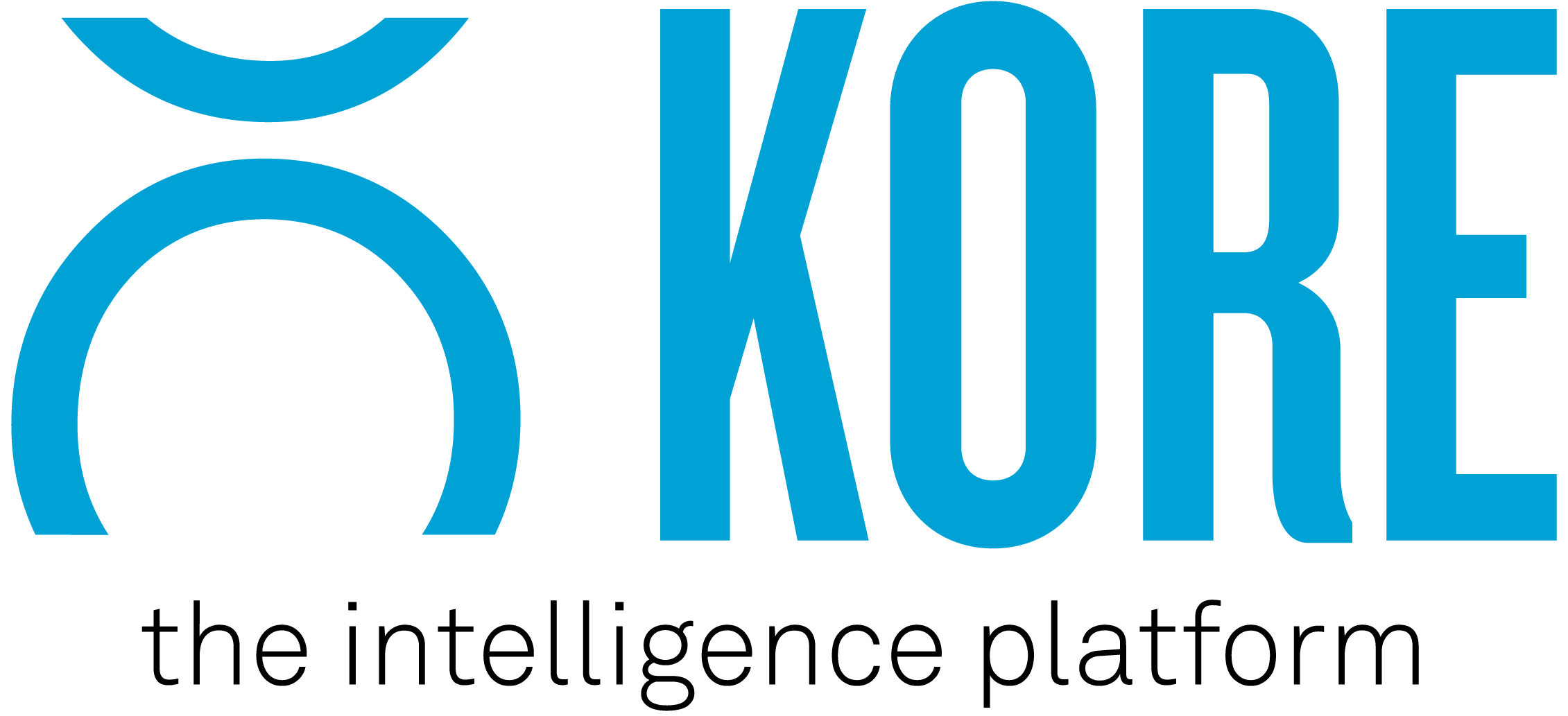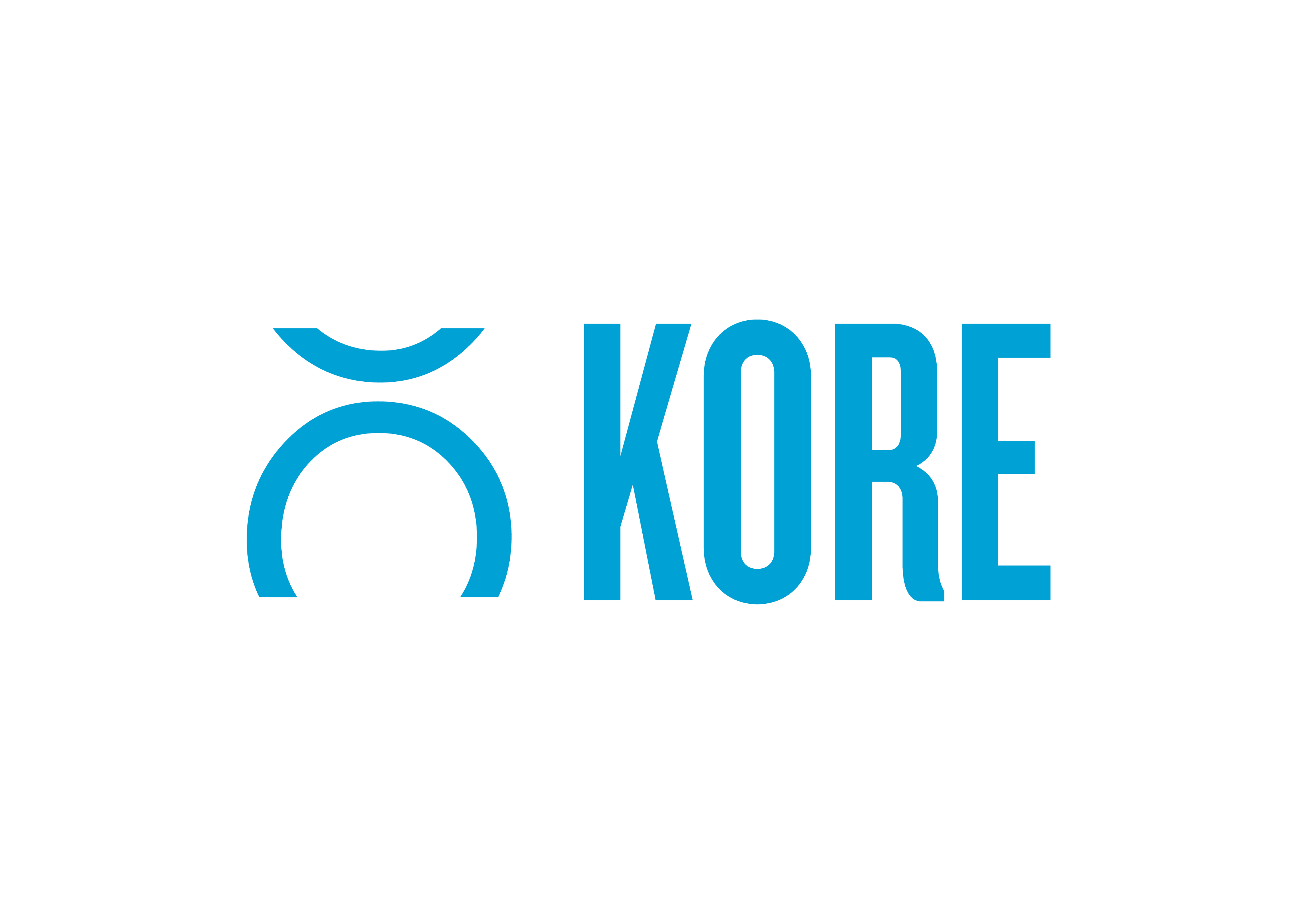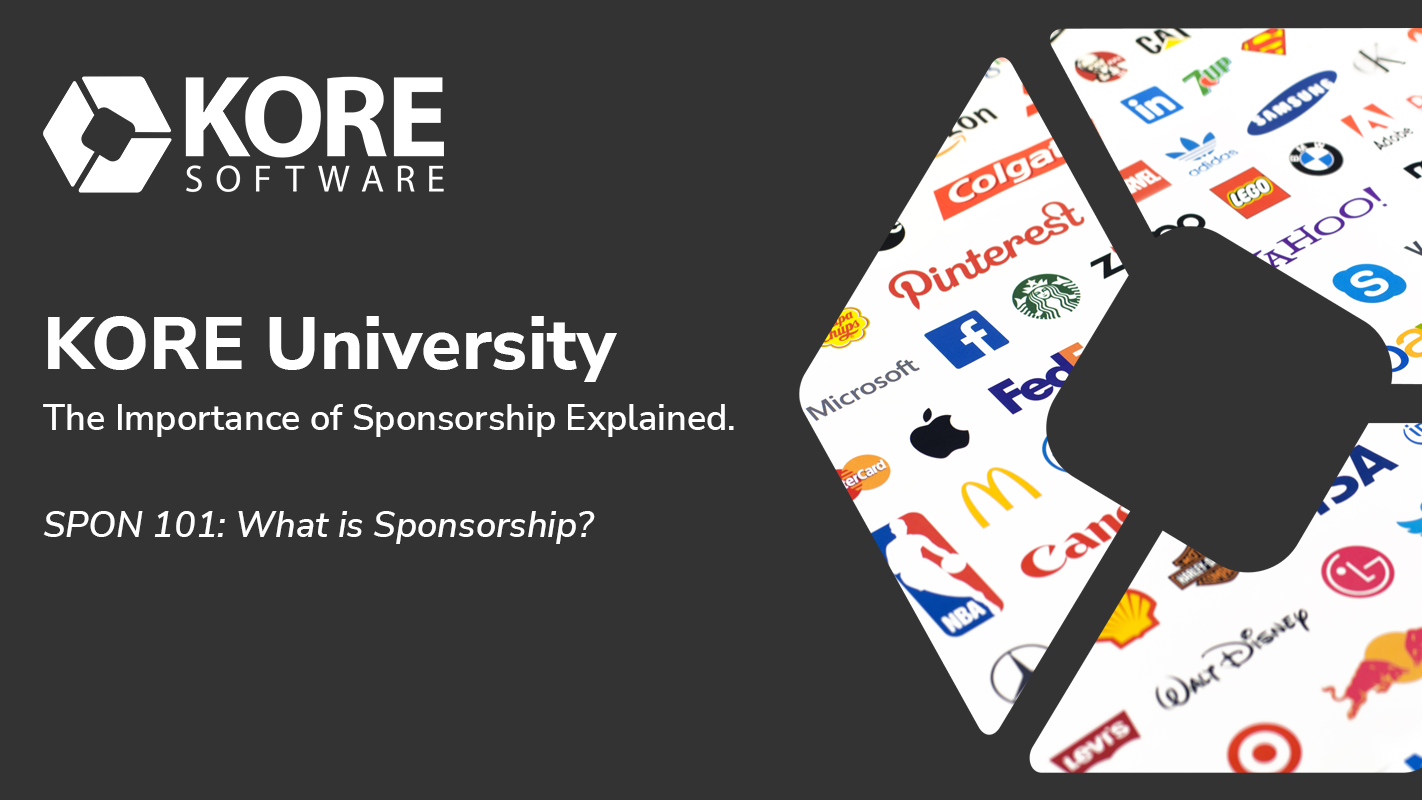Here at KORE, we geek out about sponsorship analytics, data, and ROI. Often, we can get really into the weeds about performance metrics, objective setting, data aggregation, partner identification and the list goes on… We thought we’d take a step back and tap one of our product experts for a high-level, educational view of sponsorship at its “KORE”. Whether you’re at the beginning of your career and interested in getting into sponsorship, or you’re just curious how industry professionals view and define the space, we hope this editorial answers all your burning sponsorship questions. Stay tuned for more installments of our KORE University, coming soon.
Throughout 2022, we will explore the fundamentals of sponsorship. Instead of trying to jam pack a complex world into a singular blog, we will get more in-depth with topics over this time. Starting with this introduction, we will explore the following:
- What is sponsorship?
- What is in a deal?
- What are the key roles you see in sponsorship?
- Data Part 1: Objectives, Key Results, & Asset reporting
- Data Part 2: Performance Reporting & Recaps
At the end of this series, I hope individuals can understand the key fundamentals of sponsorship. For someone new, this will help provide that baseline. For someone experienced, this might serve as a refresher or resource to help others.
What is Sponsorship?
Depending on your Google search prowess or the department someone resides in, you are going to find a range of definitions and views of sponsorship. Which is not a bad thing, it is what makes this such a unique type of business! However, it may be confusing at the start. Regardless of the interpretation, we must start at the core. Merriam Webster defines sponsorship as:
“A person or an organization that pays for or plans and carries out a project activity”
One entity is paying, in some manner, for something to get something out of it. Straight forward, we have a buyer & a seller. Understanding its core, sponsorship is like every other purchase we deal with on a day-to-day basis. That being said, what is sponsorship and what makes it different?
“Sponsorship is a type of marketing transaction where a buyer provides money and/or product & services to a seller, who provides access to a market via goods, activities, rights, and/or marketing to the buyer” -Me
Purpose of Sponsorships: Buyer vs Seller
As a buyer in sponsorships, you are likely motivated by marketing. Common thoughts buyers have might include “I want to grow my brand based on certain business objectives, so let’s go sponsor or partner with someone that aligns with those objectives.” Each buyer is different and even the departments within a buyer would be different, but you will often see a buyer is wanting to grow brand awareness and/or increase sales. How buyers achieve those objectives is what makes each sponsorship deal unique.
Sellers are what you would expect in a normal business transaction. Sellers are attempting to increase revenue by selling what available assets they have in use. A primary thing buyers want from sellers is access to a market. In sports & entertainment, that is the fans. How the buyer attempts to reach out to the seller’s audience contributes to each deal’s uniqueness and what assets the seller will use to grant visibility to the market. Are fans the only reason buyer’s do what they do? Absolutely not but it can arguably be the most important.
Examples
Over the past few years, we have seen the introduction and growth of jersey sponsors in the NBA and helmet sponsors in the NHL. These marquee assets empower Brands to attach emotions to a brand name. This new visibility for Buyers provides additional ways to access markets.
When Crypto.com took over the naming rights of the Staple Center in 2021, there was polarizing feedback from the public about how iconic the name “Staples Center” was to Los Angeles and the entertainment world. Even though an office supply retailer and an online financial exchange might have nothing to do with each other, both names now resonate with audiences by attaching themselves to the memories live events bring and the markets that will watch.
Sponsorship vs Partnership
There is a growing trend with the sponsorship landscape where the word partnership is used interchangeably with sponsorship. Why is that? Overall, partnerships have a better ring to it than sponsorship. Sponsorships, as we defined earlier, are more of a one-way transaction. However, partnerships typically involve additional legal hurdles and have a shared responsibility within your organization. A sense of “let’s grow together” or in other words a two-way transaction involving more than marketing assets.
A great example of a partnership (outside of sports), the relationship between McDonalds & Coca-Cola. To overly simplify the partnership, both have vested interest in each other’s success and have grown together since 1955! Coca-Cola has created a whole division dedicated to their business with McDonald’s and the long-term success of the partnership.
For the sake of this series, we will refrain from using the terms interchangeably, but it is important to know that for organizations there can be a difference.
Summary
Let’s recap the major takeaways from today.
- Sponsorships are a type of marketing deal involving a buyer and a seller.
- Sponsorships can be complex as they can differ in goals based on the person, department, or entity.
- There is a difference between sponsorship & partnership for many organizations, and we should be at least aware of that.
Up Next
Now that we have our base understanding of what sponsorship is, next we will explore the types of sponsorships and what types of assets you can see within a deal.

KORE is the global leader in engagement marketing solutions, serving more than 200 professional teams and 850+ sports and entertainment properties worldwide, providing practical tools and services to harness customer data, facilitate sponsorship sales and activation, and create actionable insights.




